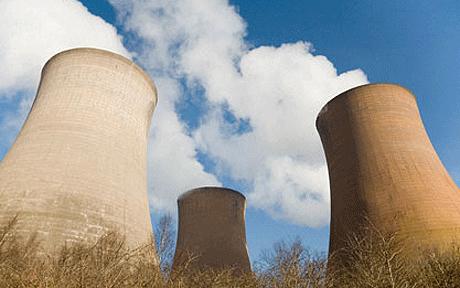If you need assistance related to Legionnaire’s Disease and Legionella pneumophila bacteria discussed in this article call us at 973-366-4660 or email us at info@atlenv.com for details and a free estimate.
Written by Robert E. Sheriff, MS, CIH, CSP, President
November 7, 2018

Legionella Water Testing Can Prevent Dangerous Illness
Legionnaire’s Disease is caused by Legionella Bacteria – more specifically Legionella pneumophila. The CDC reports that between 8,000 and 18,000 cases of Legionnaire’s Disease occur in the U.S. each year. The latest incident was in New York City in October 2018 when 29 cases were reported including 1 fatality. It is most dangerous to the very young and very old and those in between whose immune systems have been compromised due to illness or weakened physical condition regardless of the cause. Patients with Legionnaire’s Disease typically have fever, chills and a cough, which may be wet or dry. Other symptoms include muscle aches, headaches, lethargy, loss of appetite, and loss of coordination.
In most healthy individuals, immune systems can fight off the Legionella pneumophila bacteria with no symptoms or just a light congestion or low fever for a day or so.
Legionella is a very slow growing bacteria that lives in water with a temperature of 95°F to 115°F. It is normally found in cooling towers, hot water heaters, large plumbing systems, hot tubs and spas and can be very difficult to remove.
Prevention is the best approach to minimizing the changes of Legionellosis by keeping cooling towers clean and free of stagnant warm water, use of antimicrobials and regular water testing for legionella. Hot water systems need maintenance to prevent “dead legs” where warm water can stagnate, causing build-up of calcium deposits in hot water heaters where the bacteria can settle and multiply. Also at risk are hot tubs and spas not adequately treated with microbials and not kept at temperatures high enough (over 120°F) to prevent incubation conditions from developing. Ironically, many instances of legionella bacteria growth are due to keeping the hot water temperatures low to keep from scalding young children, the elderly, the sick, or just the hotel-motel guests from getting scalded.
The use of biocides and cleaning scale from water systems can be useful in eliminating the bacteria, but sometimes old buildings with old systems have a difficult time eliminating legionella pneumophila once it has been identified. This is likely due to the trapped locations where the bacteria are located are difficult to disinfect.
Once a case of Legionnaire’s Disease has been diagnosed, the health department must be notified and aggressive efforts to locate the source and eliminate it must be instituted.
The sampling/testing of water, locating the source, and corrective measures are often complex and need the input of knowledgeable professionals, such as industrial hygienists. Testing of incoming water (including wells) such as, hot water heaters, showers, drinking fountains, sinks, cooling tower, and storage tanks are recommended at regular intervals.
The disease has a variety of names – Legionnaire’s Disease, Legionellosis, Legion Fever and even Pontiac Fever. The label came from when it was first identified in 1976 at the American Legion Convention in Philadelphia. An acute and milder form of the disease, Pontiac Fever, was first recognized in 1968 at an outbreak in Pontiac, Michigan.
For more information, call us at 973-366-4660 or email info@atlenv.com.
Our primary service areas for Air and Water Sampling/Testing for Legionnaire’s Disease are: NJ, NY, NYC, PA, CT, DE, (Boston) MA, RI, Wash DC, WI, MD, MI, (Chicago) IL, VA, IN, (Atlanta) GA, AL, NC, SC, TN, (Dallas, Ft Worth) TX, OK, DC, AR, we can service most other areas of the U.S. but with some added travel charges.



